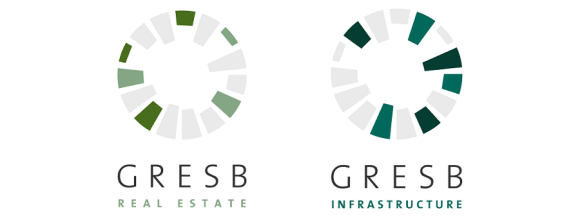Real Estate & Private Markets
Subscribe to our research
Subscribe to our research
Our US expertise
Our US expertise
For further information on what we can offer you, please get in touch.
For further information on what we can offer you, please get in touch.











